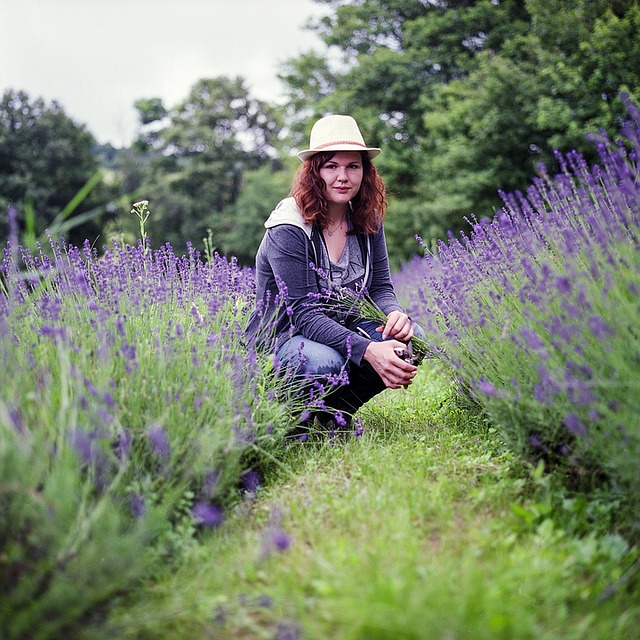Diana Winston provided a meditation podcast on the topic, Listening to Sound, as part of the weekly offering by MARC (Mindful Awareness Research Center, UCLA). Diana’s main theme was that there are times when sound “intrudes” into our meditation practice and we have a choice in how we respond. We can become agitated and irritated or we can use the sound as the focus of our meditation. She suggested that in taking the latter path, we are building our capacity to deal with the sounds and other unpleasant experiences that ‘intrude” in our daily life.
I can relate to this situation as I was recently meditating when workmen began hammering and sawing in the house next to mine. I found I was really annoyed and resented this intrusion into my quiet time and solitude. It had taken some discipline that morning to undertake my meditation in the first place. My reaction at the time was to abandon my meditation – my level of annoyance impeded my capacity to focus. Often our negative response in these situations is exacerbated by the expectations that we bring to our meditation, such as the expectation of absolute quiet.
Diana makes the point, though, that mindfulness “is not about seclusion” – it is about being with what is in the moment, whatever we are faced with. The sound intrusion could be traffic noise, house renovations or heavy earth moving equipment. As Diana observes, there is an alternative response other than our habituated flight or fight response. We can focus on the sound and make that the object of our meditation. She offered a hearing meditation in her podcast to build this capacity to deal with intrusive sounds and other “intrusions” in our life – experiences that clash with our expectations.
A hearing meditation – tuning into sound
The hearing meditation begins with the normal practice of becoming grounded and focused. Diana then takes you through several steps that progressively build your awareness muscle:
- Focus your attention on the sounds in the room, the room tone, and include external sounds that may be penetrating your room space. Here it is important to avoid pursuing what Diana calls “your story” about the sound – your interpretation of the nature of the sound, your emotional labelling of the sound as good or bad or your recollection of similar sounds in your prior experience. The challenge is to just focus on the sound itself – tuning into it and the sensation of hearing it.
- Turn your focus now to some significant sensation in your body – it could be the groundedness of your feet on the floor or the energy and warmth flowing through your fingers or your feet.
- Your focus now switches to your breathing – to a part of the body where you can experience the act of breathing such as your abdomen, chest or nostrils. Notice the “in” and “out” breath and the effect on your body with the rising or falling of your abdomen/chest or the flow of air through your nostrils.
- Finally, choose an anchor – the sound, the bodily sensation or the breath – to sustain the meditation over the remainder of your meditation session. If you find the sound disturbing, take a few deep breaths and let out the sense of irritation – just let it be and return to your focus on your anchor. Intruding thoughts and feelings are “part and parcel” of meditative practice, even for experienced meditators.
As we grow in mindfulness through mindfulness practices and hearing meditation, we can progressively build our capacity to deal with the intrusions in our daily life that challenge our expectations. The hearing meditation itself strengthens our awareness muscle and builds our resilience in the face of setbacks.
____________________________________________
By Ron Passfield – Copyright (Creative Commons license, Attribution–Non Commercial–No Derivatives)
Disclosure: If you purchase a product through this site, I may earn a commission which will help to pay for the site, the associated Meetup group and the resources to support the blog.



